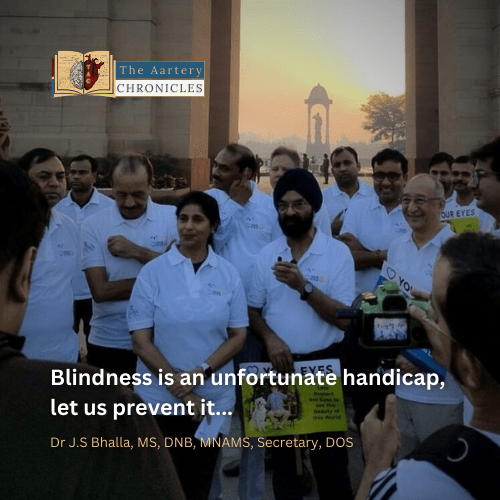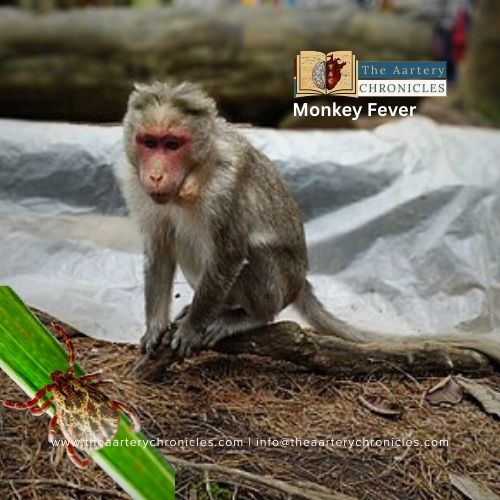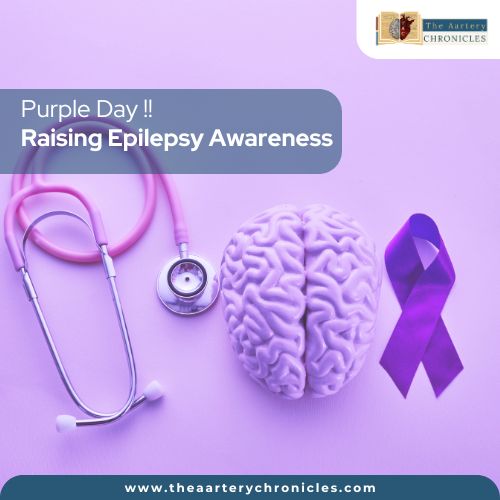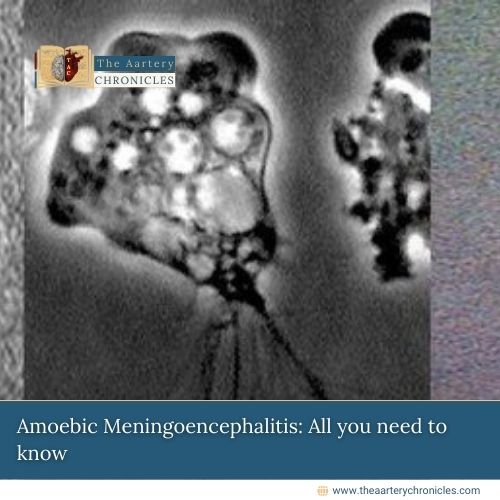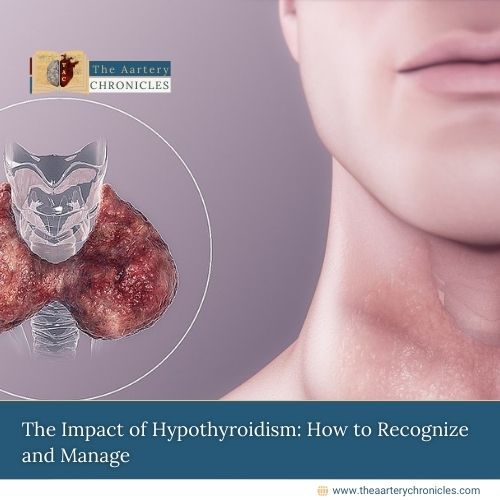

Wrinkly Fingers? It’s Not Water, It’s Your Nerves
We’ve all noticed it spending some time in the bath or pool, and your fingers start to look wrinkled or “pruney.” But what’s going on beneath the surface of your skin? New research from Binghamton University offers fresh insight, and it could have unexpected benefits in fields like forensic science.
The Real Reason Behind Wrinkly Fingers
Contrary to popular belief, your skin doesn’t wrinkle in water because it soaks up moisture. Instead, it’s your nervous system at work.
Biomedical engineer Dr. Guy German and his team discovered that the wrinkles are caused by blood vessels narrowing beneath the skin, a response triggered by the nervous system. This process causes the skin to pull inward and form grooves and ridges.
Each Time, the Same Wrinkles Appear
Study participants soaked their fingers in water for 30 minutes, had their wrinkled fingertips photographed, then repeated the process at least a day later.
The results showed that the same pattern of wrinkles appeared each time, a consistent set of loops and ridges. This happens because the network of blood vessels under your skin stays in the same place, creating a reliable pattern each time they’re activated.
Nerve Damage? No Wrinkles
One of the study’s most surprising discoveries involved a student participant with median nerve damage, a condition that affects nerve signals in the hand.
When this student soaked their fingers, no wrinkles appeared at all. This supports existing medical knowledge that people with nerve damage often don’t show this wrinkling effect. It also confirms that the process is controlled by the nervous system, not just water exposure.
Wrinkles Could Help Solve Crimes
These wrinkle patterns are consistent, they could be used in forensic investigations. For example, if a person’s fingerprints are hard to collect due to water damage, their wrinkle patterns might help with identification.
This is personal for Dr. German, his father worked in law enforcement and faced similar challenges while identifying people after water exposure.
Conclusion
These wrinkle patterns are consistent, they could be used in forensic investigations. For example, if a person’s fingerprints are hard to collect due to water damage, their wrinkle patterns might help with identification.
This is personal for Dr. German, his father worked in law enforcement and faced similar challenges while identifying people after water exposure.
Source: Inputs from various media Sources

Priya Bairagi
Reviewed by Dr Aarti Nehra (MBBS, MMST)
I’m a pharmacist with a strong background in health sciences. I hold a BSc from Delhi University and a pharmacy degree from PDM University. I write articles and daily health news while interviewing doctors to bring you the latest insights. In my free time, you’ll find me at the gym or lost in a sci-fi novel.

